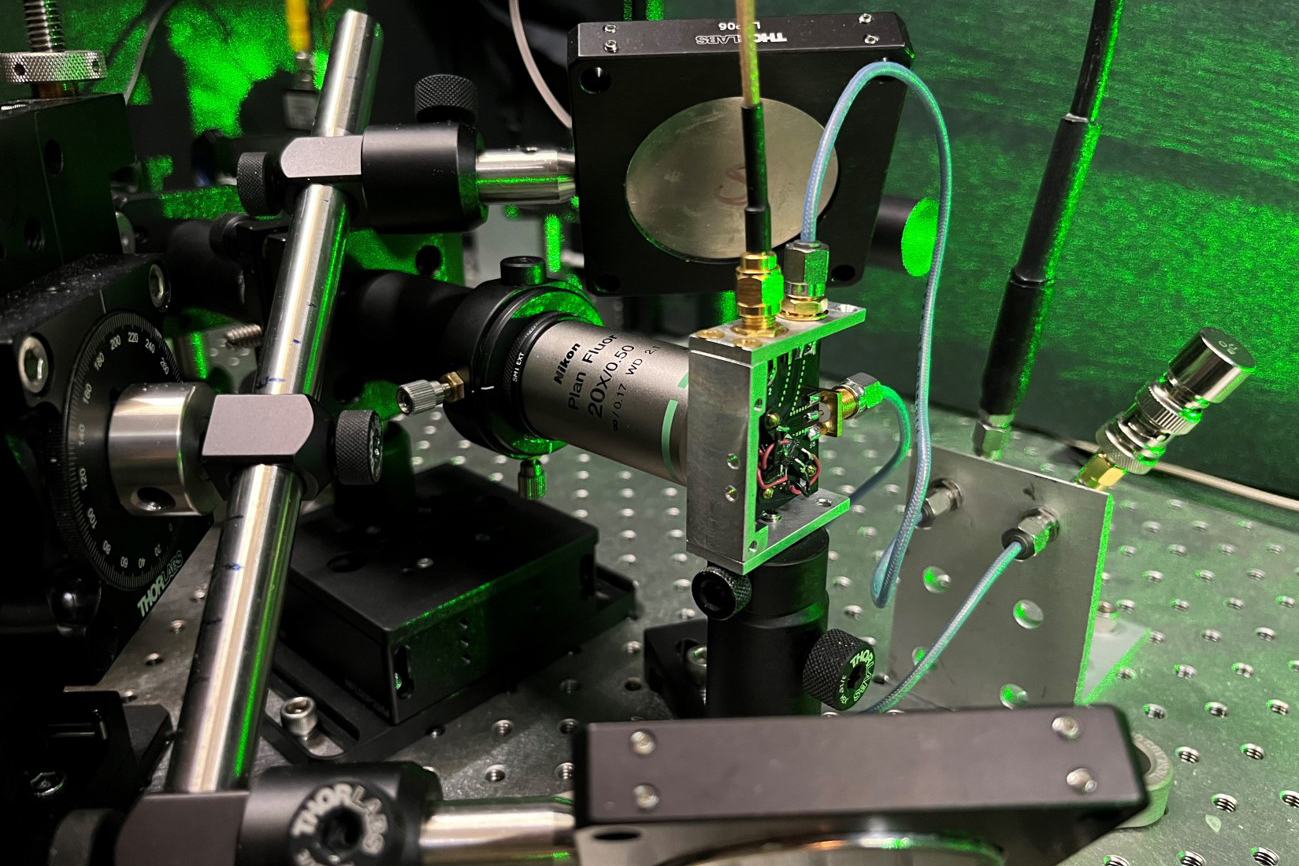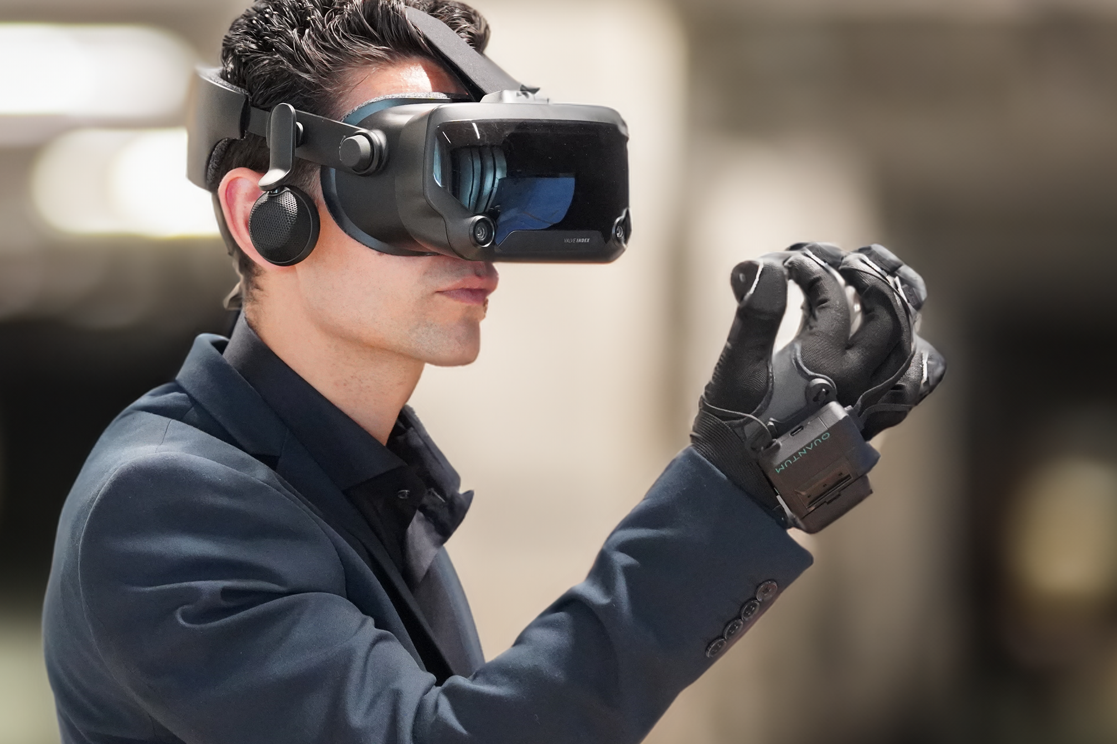Introduction
The world of quantum physics often seems like something out of science fiction, with bizarre phenomena like entanglement and superposition that challenge our understanding of reality. However, these mind-bending concepts are not confined to the realms of theoretical physics. They have real-world applications that are transforming industries and even making a difference in the most altruistic of fields: nonprofit and humanitarian work.
Nonprofit organizations and humanitarian efforts have always been at the forefront of tackling global challenges, from poverty and disease to environmental crises and natural disasters. To address these issues effectively, innovative technologies are essential. Quantum sensors, with their unparalleled precision and sensitivity, are paving the way for novel approaches to these challenges. In this blog post, we will explore the potential of quantum sensors in nonprofit and humanitarian work, highlighting their applications, advantages, and the organizations leading the way in harnessing quantum technology for the greater good.
Understanding Quantum Sensors
Before we dive into their applications, let’s take a moment to understand what quantum sensors are and how they differ from conventional sensors. At the heart of quantum sensors is the weird and wonderful world of quantum mechanics, where particles can exist in multiple states simultaneously, and properties like spin and entanglement defy classical physics.
Quantum sensors leverage these quantum properties to achieve unprecedented levels of sensitivity and precision. Unlike classical sensors, which are limited by the uncertainty principle, quantum sensors can measure parameters with incredible accuracy. For example, quantum sensors can detect minute changes in magnetic fields, gravitational forces, and even time itself. This level of precision opens up a world of possibilities in various fields, including physics, biology, and, as we’ll explore in this blog post, nonprofit and humanitarian work.
Quantum Sensors in Environmental Monitoring
One of the most pressing global challenges is climate change. Rising temperatures, extreme weather events, and sea-level rise threaten communities around the world. Nonprofit organizations and humanitarian agencies are actively involved in monitoring and mitigating the effects of climate change. Quantum sensors offer a unique advantage in this regard.
Traditional sensors used in environmental monitoring are limited in their accuracy and sensitivity. Quantum sensors, on the other hand, can detect subtle changes in environmental parameters, such as temperature, humidity, and atmospheric composition. This level of precision allows for early detection of environmental anomalies, enabling timely responses to mitigate potential disasters.
Organizations like GreenTechWatch and ClimateGuardians have already begun incorporating quantum sensors into their monitoring networks. These sensors provide real-time data that helps predict weather patterns, track sea-level rise, and assess the health of ecosystems. This information is invaluable for making informed decisions in disaster preparedness and response efforts.
Quantum Sensors in Healthcare
Access to quality healthcare is a fundamental human right, but millions of people around the world still lack access to basic medical services. Nonprofit organizations and humanitarian missions strive to bridge this gap, often facing resource constraints and logistical challenges. Quantum sensors are now offering innovative solutions to improve healthcare delivery in remote and underserved areas.
In medical diagnostics, quantum sensors can detect biomarkers with unparalleled precision. For instance, they can identify minuscule concentrations of disease-related molecules in blood samples, leading to early disease detection. This capability is a game-changer for nonprofit clinics operating in regions with limited access to advanced medical facilities.
Furthermore, quantum sensors can be used in portable medical devices, making them suitable for fieldwork in remote or disaster-stricken areas. Organizations like MediTech4All and Doctors Without Borders have embraced quantum sensor technology to enhance their diagnostic capabilities and improve healthcare outcomes in challenging environments.
Quantum Sensors in Disaster Relief
Natural disasters, such as earthquakes, hurricanes, and tsunamis, can devastate communities in an instant. In the aftermath of such catastrophes, timely and effective disaster relief efforts are crucial. Quantum sensors are emerging as essential tools for improving disaster response and recovery.
Traditional search and rescue operations often rely on conventional sensors, which can be limited in their ability to locate survivors trapped under debris. Quantum sensors, however, can detect faint signals emitted by electronic devices, even when buried deep within rubble. This capability significantly increases the chances of locating and rescuing survivors in a shorter time frame, potentially saving lives.
Organizations like DisasterReliefNow and GlobalRescueTeams are at the forefront of integrating quantum sensors into their disaster response strategies. By doing so, they are increasing the efficiency and effectiveness of their missions, ultimately reducing the human suffering caused by natural disasters.
Challenges and Future Prospects
While the potential of quantum sensors in nonprofit and humanitarian work is undeniable, there are challenges that need to be addressed. The cost of quantum technology, for instance, can be prohibitive for many nonprofit organizations operating on tight budgets. Additionally, the need for specialized expertise in quantum physics and technology can pose a barrier to adoption.
However, as with many emerging technologies, the cost of quantum sensors is expected to decrease as research and development progress. Collaborations between quantum tech companies and nonprofit organizations are also on the rise, facilitating access to quantum sensor solutions.
The future prospects of quantum sensors in nonprofit and humanitarian work are promising. As the technology matures and becomes more accessible, we can expect to see even greater integration into various aspects of nonprofit and humanitarian operations. Quantum sensors have the potential to revolutionize data collection, analysis, and decision-making processes, ultimately leading to more effective and impactful humanitarian efforts.
Conclusion
In a world where global challenges seem insurmountable, nonprofit organizations and humanitarian agencies continue to work tirelessly to make a positive impact. Quantum sensors, with their unparalleled precision and sensitivity, are emerging as powerful tools that can enhance the capabilities of these organizations.
From environmental monitoring to healthcare and disaster relief, quantum sensors are finding applications in diverse fields of nonprofit and humanitarian work. While challenges exist, ongoing research, collaborations, and advancements in quantum technology are poised to make these sensors more accessible and affordable for organizations with altruistic missions.
As we move forward, the marriage of quantum physics and humanitarianism holds the promise of a brighter and more hopeful future, where technology not only enriches our lives but also extends a helping hand to those in need.






